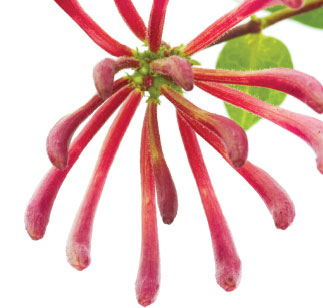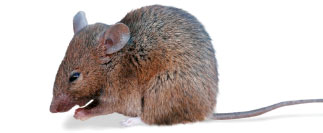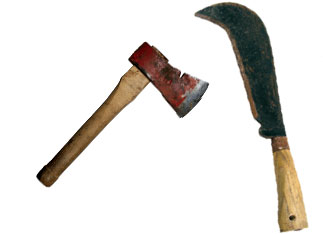 |
|
|
 |
 |
 |
   |
 |
|
No. 6 - HEDGE HEAVEN
|
 |
|
The field
behind the hedge (to the west) is composed of two fields
amalgamated into one: Fossil Pits and Long Shotts.
The lower part, nearest to you, is called Fossil Pits:
in the 1800s this field was mined for 'fossils' or coprolite
(fossilised dinosaur dung!). Coprolite, once heated
and ground, is a very good source of phosphate and,
as such, was one of the first 'artificial' fertilizers
used.
In farming a 'shott' is the first, die-straight furrow
drawn by the ploughman. The 'shott' in Longshotts is
very long indeed - over 1,000 yards (a yard is 0.91
of a metre).
|
 |
|
Clay Pit Hedge
|
 |
 |
 |
|
The magnificent hedge in front of
you was newly planted in 1984.We used some 20 different
woody species; large trees such as Oak, Ash and Hornbeam,
smaller trees such as Crab Apple and Field Maple, shrubs
such as Dogwood, Hazel, Wayfaring Tree and Hawthorn
and climbers such as Honeysuckle. Having been 'laid'
during the inaugural East Anglian Hedge Laying Competition
in 2004, this hedge is now nearly perfect from a wildlife
point of view; it is dense and impregnable, vigorous
(it flowers and fruits prolifically), species diverse
and contains standard trees; but above all, it is a
thing of beauty and restful to the soul! Walk along
it and tell us we're wrong! Three main methods of hedge
management are employed at Burwash Manor: laying, coppicing
and flail trimming.
|
 |
|
Hedge Laying
|
 |
 |
 |
|
The hedge stretching away ahead of
you was achieved by laying, the heavy cost of which
was helped by funding provided by Natural England's
Environmental Stewardship.
Hedge laying is a very old craft (at least 5,000, and
perhaps as much as 10,000, years old), which rejuvenates
the hedge plants, at the same time thickening the hedge
for wildlife and improving it as a stock barrier.
Hedge laying involves the partial severing of the stems,
as close to the ground as possible. These stems are
then bent over (in the same direction and usually uphill
- being careful not to snap them!) at an angle of 30-40
degrees and interwoven with cut vertical stakes driven
in 18 inches apart along the line of the hedge. The
'hethering' (long hazel rods woven like a rope to bind
the stakes together) is then woven along the tops of
the stakes, forming a living hurdle.
The result should be very strong and impregnable to
stock and very warm and welcoming to songbirds and small
mammals.
Hedgerow trees and saplings are retained and the opportunity
is taken to 'beat up' the hedge (fill in the gaps) with
young saplings of a wide range of native species.
|
 |
|


 |
|
 |
|
